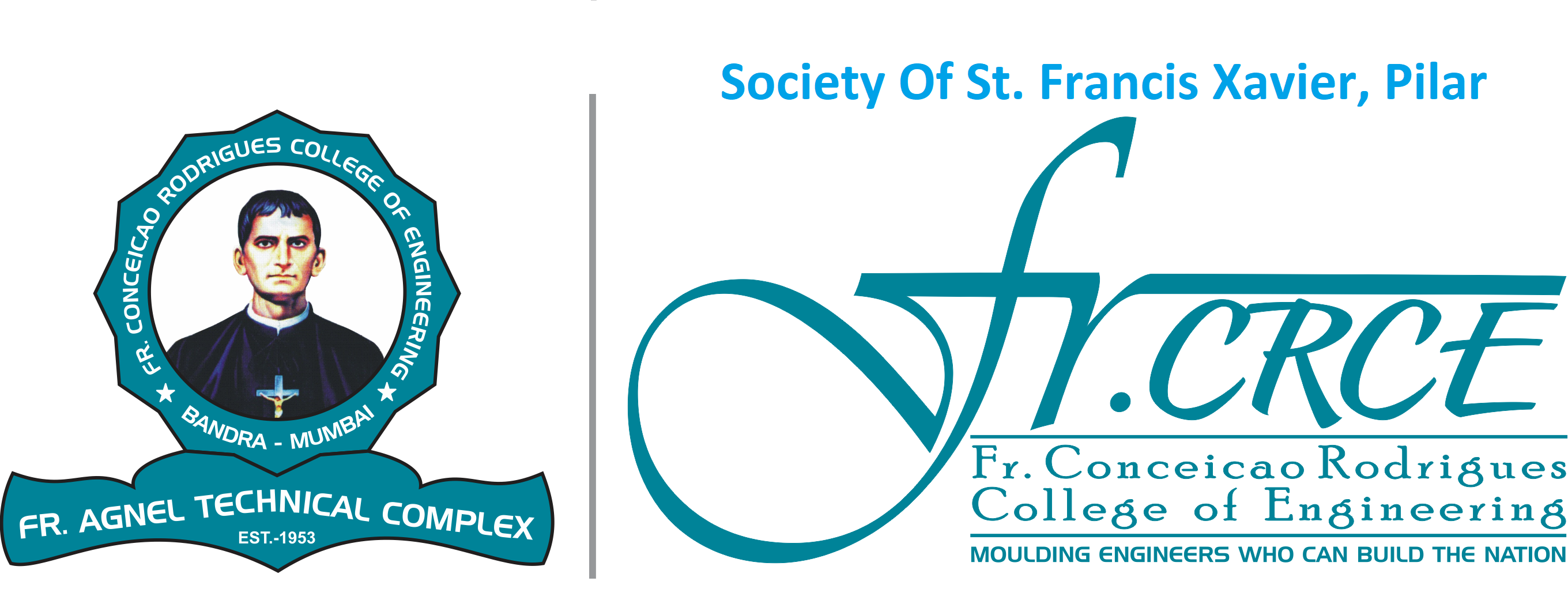Innovative Teaching and learning process
Innovative teaching and learning processes involve adopting new strategies, techniques, and technologies to enhance the learning experience, moving beyond traditional methods to foster engagement, critical thinking, and deeper understanding. Techniques like project-based learning, activity-based learning, flipped classrooms, enabled learning by NPTEL lectures and Coursera, and study through research articles are frequently used in the teaching-learning process. Such techniques are crucial in today's world of rapid change because they help students develop the skills, they need to succeed in both their personal and professional lives, adapt to new difficulties, and acquire lifelong learning.
Some of the sample activities are mentioned below:
Youtube channel of Dr Vasim A. Shaikh
Youtube recorded lectures
By Dr Vasim A. Shaikh (Associate Professor, Department of Mechanical engineering)
Area covered: Manufacturing technology and material science.
YouTube recorded lectures are an innovation in teaching and learning by providing flexibility, accessibility, and visual learning opportunities. Students can learn at their own pace and review material as needed, while visual demonstrations can aid understanding of complex concepts. This aligns with the flipped classroom model, where students engage with lecture content outside of class time, allowing for more interactive and collaborative activities during class sessions. Dr. Vasim A. Shaikh has delivered 58 videos on manufacturing technology and material science and made them available on YouTube for the students of Fr. Conceicao Rodrigues College of Engineering as well as for all the students interested in gaining knowledge from elsewhere. This will help the students revisit lectures to clarify concepts and strengthen their understanding.
Pragmatic Learning – Learning by Doing
By Dr Bhusan Patil (Professor and Head, Department of Mechanical Engineering)
Area covered: Engineering Graphics
To enhance conceptual clarity and promote active learning, a hands-on approach was adopted in the classroom. Solid 3D models of machine components and other simple parts were shown to students to facilitate better visualization and understanding of engineering concepts. As part of a team activity, each group of students was assigned a simple component. Students were required to:
- Measure the physical dimensions of the component,
- Prepare a complete working drawing with front, top, side, and sectional views, as well as an isometric view,
- Collaborate effectively within their team to complete the task, and
- Present their work to the class, explaining their approach and technical drawing.
This activity aimed to foster teamwork, improve technical drawing skills, and bridge the gap between theory and real-world application through experiential learning.
Pragmatic Learning: Students making actual 3D model from drawing
|
2024-25 |
||||
|
Sr. No. |
Name of the faculty |
Subject |
Sem |
Activity |
|
1 |
Dr. Dipali Bhise |
Introduction to CAD |
V |
Review Research Paper writing |
|
2 |
Prof. D S S Sudhakar |
Mechatronics |
III |
Circuit Demonstration |
|
3 |
Prof. Saurabh Korgaonkar |
Engineering Graphics |
I |
3d Modelling software used in Aiding the visualization |
|
4 |
Prof. Saurabh Korgaonkar |
Automation and Artificial Intelligence |
VII |
3d Modelling software used in Aiding the visualization |
|
5 |
Prof. Aseem Nevrekar |
Report Writing |
ALL |
Report Writing using Latex software |
|
2023-24 |
||||
|
Sr. No. |
Name of the faculty |
Subject |
Sem |
Activity |
|
1 |
Prof Saurabh Korgaonkar |
Mechanical measurement and control |
V |
MATLAB session on Steady state and time response |
|
2 |
Dr Ketki Joshi |
DOM/Machine Design |
V |
Quiz |
|
2022-23 |
||||
|
Sr. No. |
Name of the faculty |
Subject |
Sem |
Activity |
|
1 |
Prof. Akshay Save |
Kinematics of Machinery (Flipped classroom method) |
IV |
Motion analysis and plotting of displacement-time; velocity-time; acceleration-time; jerk-time diagram and layout of cam profile |
|
2 |
Prof. Akshay Save |
Kinematics of Machinery (Flipped classroom method) |
IV |
Gear and gear trains |
|
3 |
Prof. Akshay Save |
Dynamics of Machinery (Flipped classroom method) |
V |
Working of Governor and Gyroscope |
|
4 |
Prof. Akshay Save |
Dynamics of Machinery (self-made Experiment Workbook manual) |
V |
Assignment and Experiment manual |
|
5 |
Prof. Deepika Singarur |
Dynamics of Machinery (Virtual labs) |
V |
Working of porter governor |
|
6 |
Prof. Deepika Singarur |
Thermal Engineering |
V |
Heat transfer in a double pipe heat exchanger |
|
7 |
Dr. Ketaki Joshi |
Design of mechanical system (Power point presentation and mini project) |
VII |
Hoisting equipment, gear box, steering mechanism |
|
8 |
Dr. Vasim Shaikh |
Materials and Metallurgy (self-made video lectures) |
III |
Ceramics (types and processing) |
|
9 |
Dr. Arun B. Rane |
Machinery Diagnostics (virtual labs) |
VII |
Bearing defects, machining servicing, shaft misalignment simulation |
|
10 |
Prof. M V B Rao |
Engineering Graphics (self-made Experiment Workbook manual) |
II |
Past University Question paper |
|
11 |
Dr. Bhushan Patil |
Engineering Mechanics (Pragmatic learning) |
I |
1) Calculate height from 4th floor to 1st floor |
|
12 |
Dr. Bhushan Patil |
Engineering Mechanics (Debate) |
I |
Debate topic: Friction is good or bad |
|
13 |
Prof Saurabh Korgaonkar |
Mechanical measurement and control |
V |
MATLAB session on Steady state and time response |
